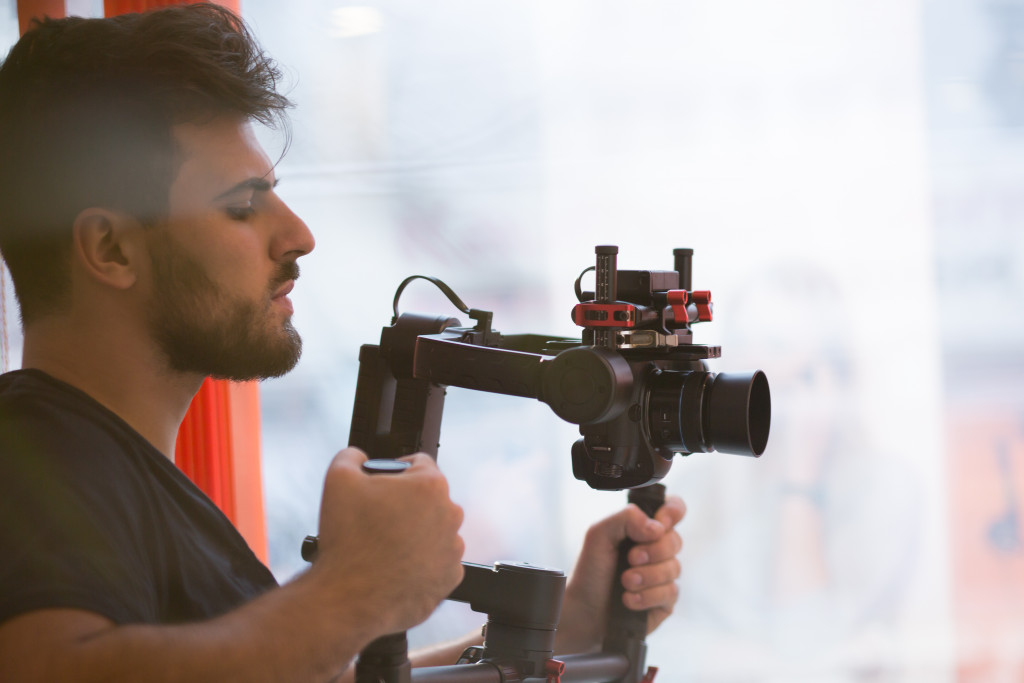Crafting a demo reel is no joke. It takes a lot of planning, late-night editing, and revisions.
A demo reel is a filmmaker’s resume. It is what bona fide creatives use to land clients and secure projects. It is a testament to their skills and work experiences, so there’s an added pressure to make it nothing short of perfect.
If you want to show your brilliance as a filmmaker, here are five tips on creating a great demo reel:
Single Out the Best
Building a demo reel is a tedious process. You have to go over all your past works, from your earliest creations to your most recent ones. When choosing what to incorporate into your reel, pick your best works only. You have to show the highest quality of video content in your portfolio. Think of how a professional or established video production company curate and edit their shots to tell a brand story.
Even if you want to integrate every project you’ve worked on, you only have to single out the most powerful footage you have. Be selective with what you squeeze into your two-minute reel because you only have a short window of opportunity to show off your filmmaking chops. You can ask for opinions and advice from your peers and colleagues, so you make an objective decision.
Hold Their Gaze
Begin your demo reel with a series of intriguing shots. The first few seconds always make the most lasting impression on viewers, so try to be strategic when choosing your opening scene.
Cinematographer Ed Reiss, for example, began his showreel with a breathtaking silhouette of trees against a blazing red sky, then followed by a shot of birds flying under a desolate-looking sky. The first part was a juxtaposition of images, yet it was enough to lure viewers in.
Filmmaker Alan Nogues’ reel is also an example of an interesting introduction. He starts his piece with a pair of delicate feet drawing ripples by the lake, then shifting to a flower opening its petals, then resuming to the rippling water before showing a fast-paced montage of different nature views. The introduction was a buildup of his entire body of work, but it created that sense of suspense. If you want to keep viewers amused, you have to get their attention in the first few minutes of your reel.
Add Variety
The common mistake of filmmakers is that they fail to inject variety into their demo reel. Refrain from pulling out footage from the same project. To show the scope of your experience and the level of your skill, display your wide array of works. Do not zero in on one project only.
When you grab clips from two or three sources, it shows that you only have a limited body of work. Clients are not impressed with a scarce portfolio, so it’s best to beef it up before building a professional compilation. Plus, when your reel is diverse, it shows how versatile you are. You are demonstrating that you can take on different projects and still create top-notch content.
Keep It Well-Knit

While a demo reel is a compilation of all your works and requires variety, you have to be able to tell a story. A singular theme must guide your demo reel. There should be an invisible thread that holds the reel together.
When mapping out your plan, you have to think about the order of the clips, the length of the footage, and the editing style of the video. Patrick O’Sullivan’s 2016 cinematography reel shows that you can create a compelling story through different clips. From a woman nursing his baby to a baseball player walking to the field to an old man playing the piano, O’Sullivan made use of different clips to narrate a story of redemption, self-discovery, and passion. The reel is professionally executed with the right balance of technical skill and creativity. Of course, if you want to be a great filmmaker, you have to be an outstanding storyteller.
Make Harmony
Your musical scoring should match your demo reel. Choose music that is suitable to your genre or theme as it sets the pace of the entire video.
If your body of work consists mainly of full-length narratives or documentaries, select a song that is slow-paced and mellow. If your portfolio involves action movies or commercial trailers, choose music that is more upbeat and lively.
The demo reel of Jeff Pinilla is an example of a good music choice. Since his projects are contemporary short films and commercial ads, he used a musical scoring that is energetic and bubbly. In between, he inserted sound-on-tape audio that still meshed well with the music of the demo. If you want viewers to watch till the end of your reel, choosing the right kind of music will surely help.
For true-blue creatives, a demo reel is a reflection of their level of talent and experience. So, if you want to show off filmmaking chops to the entire world, employ these five techniques to your demo reel.
